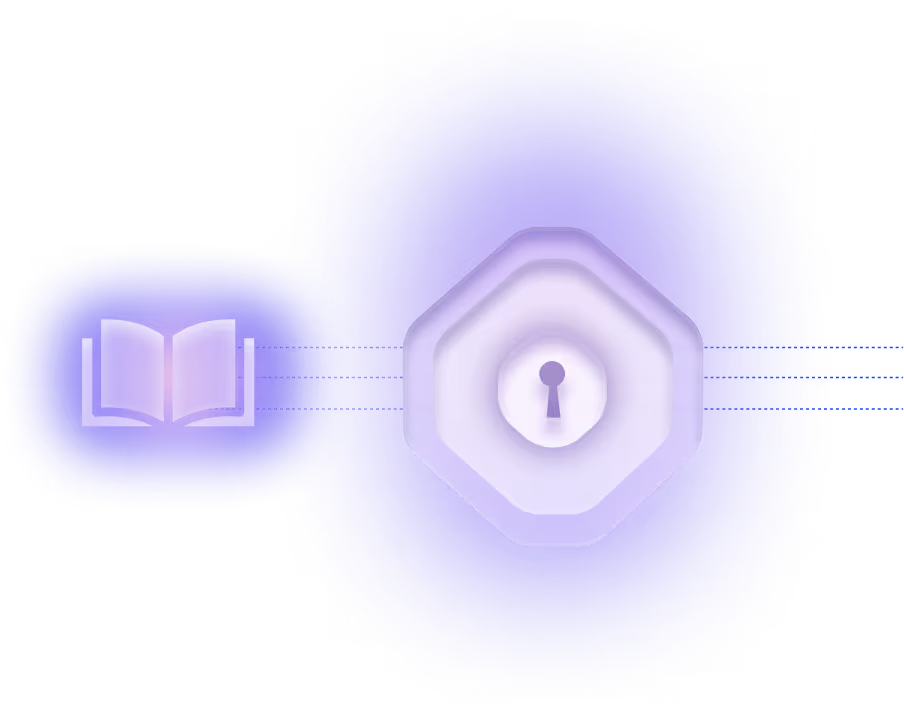OAuth Tokens

What are OAuth Tokens?
OAuth tokens are cryptographic credentials issued through the OAuth 2.0 framework that grant access to protected resources without exposing user or client credentials. In the context of cybersecurity and identity management—particularly for non-human identities (NHIs) such as service accounts, microservices, and automated processes—OAuth tokens enable secure, machine-to-machine authentication and authorization across cloud and API-driven environments. These tokens are typically structured as JSON Web Tokens (JWTs), encoding identity claims, scopes, expiration times, and cryptographic signatures.
Why are they important?
OAuth tokens have become a foundational mechanism for securing NHIs in cloud-native architectures. They allow automated systems to authenticate and interact with APIs, data services, and infrastructure components—without human intervention. However, because NHIs often operate at high privilege levels and lack user-specific safeguards like multi-factor authentication (MFA), OAuth tokens become a high-value target for attackers. Misconfigured scopes, unmonitored refresh tokens, and static credential usage have all contributed to major breaches. Proper token management directly supports least privilege access, Zero Trust enforcement, and compliance mandates such as NIST 800-53 and ISO 27001.
What are common applications or use cases?
In practice, OAuth tokens are used extensively across cloud infrastructure and DevOps pipelines. For example, a CI/CD pipeline may use the OAuth 2.0 Client Credentials grant to request an access token that allows it to deploy resources in a Kubernetes cluster. Tokens are also used by serverless functions accessing cloud storage, or by IoT devices authenticating with telemetry platforms. Tokens can be scoped narrowly (e.g., read:logs) or broadly (e.g., *), making proper permission control essential. Emerging use cases include transaction tokens—short-lived, single-use credentials for high-risk operations—and certificate-bound tokens that prevent replay in compromised environments.
What is the connection to NHIs (Non-Human Identities)?
OAuth tokens are one of the most common identity artifacts used by NHIs. These tokens allow NHIs to authenticate autonomously and perform actions on behalf of applications or systems. However, without lifecycle controls such as expiration enforcement, rotation, and certificate binding, OAuth tokens can be exploited for lateral movement, unauthorized access, or privilege escalation. For instance, threat actors have used inactive or overly-permissive tokens to breach CI/CD environments, exfiltrate code, and compromise executive email accounts. As NHIs scale across hybrid and multi-cloud environments, automating secure token issuance and revocation becomes critical.
Are there any notable industry data, trends, or standards?
Yes. According to industry reports, over 68% of cloud breaches involve misused machine credentials, including OAuth tokens. Standards such as RFC 8705 (OAuth 2.0 Mutual TLS) and NIST SP 800-207 (Zero Trust Architecture) emphasize short-lived, certificate-bound credentials to mitigate token theft and replay attacks. Cloud providers like AWS, Azure, and Google Cloud now support ephemeral token issuance and mTLS binding for service accounts. Additionally, quantum-resistant token signing algorithms and AI-driven policy recommendations are emerging as key innovations in securing OAuth-based authentication for NHIs.
What is the broader impact or takeaway?
Securing OAuth tokens is essential to managing the risk surface introduced by non-human identities in cloud-native environments. Enterprises must treat tokens as dynamic credentials, not static secrets—enforcing tight scopes, short lifespans, and continuous monitoring. When properly managed, OAuth tokens enable secure automation, scalability, and compliance in distributed infrastructures. As organizations adopt zero-trust architectures and embrace AI-driven workloads, OAuth token hygiene will be a cornerstone of resilient, machine-first cybersecurity strategies.





